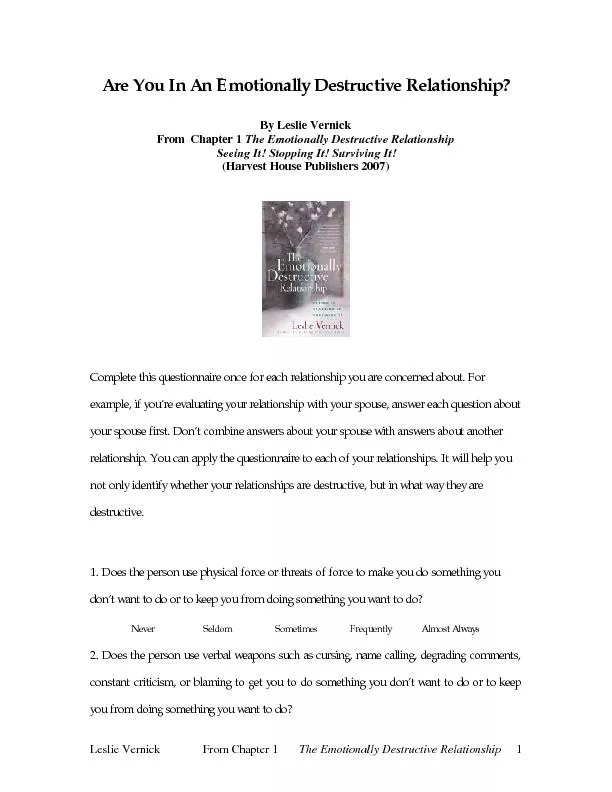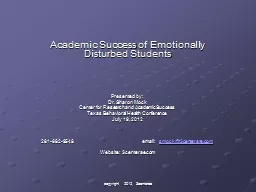PPT-Designing emotionally sound e-learning environments: opportunities and challenges
Author : greyergy | Published Date : 2020-08-04
Ahmet Murat UZUN PhD Previously research postulated that emotion and cognition are two independent partially separable components of human perception Barry 1997
Presentation Embed Code
Download Presentation
Download Presentation The PPT/PDF document "Designing emotionally sound e-learning e..." is the property of its rightful owner. Permission is granted to download and print the materials on this website for personal, non-commercial use only, and to display it on your personal computer provided you do not modify the materials and that you retain all copyright notices contained in the materials. By downloading content from our website, you accept the terms of this agreement.
Designing emotionally sound e-learning environments: opportunities and challenges: Transcript
Download Rules Of Document
"Designing emotionally sound e-learning environments: opportunities and challenges"The content belongs to its owner. You may download and print it for personal use, without modification, and keep all copyright notices. By downloading, you agree to these terms.
Related Documents














